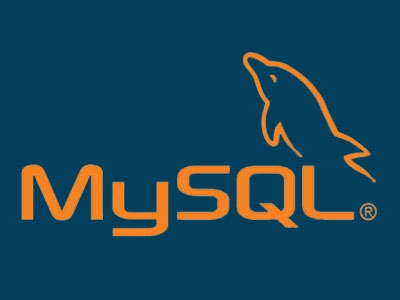Home >Backend Development >Python Tutorial >10 recommended articles about numerical types
10 recommended articles about numerical types
- 零下一度Original
- 2017-06-14 09:44:271184browse
Python supports four different numerical types, including int (integer) long (long integer) float (floating point actual value) complex (complex number). Numeric data types store numerical values. They are immutable data types, which means that changing the numeric data type results in a value in a newly allocated object. Number objects are created when you assign a value to them. For example: var1 = 1 var2 = 10 You can also delete a reference to a numeric object, using the del statement. The syntax of the del statement is: del var1[,var2[,var3[....,varN]]]] You can use the del statement to delete a single object or multiple objects. For example: del var del var_a, var_bPython supports four different numeric types: • int (signed integer): often called an integer or integer, a positive or negative integer without a decimal point. •long (long integer): or desire, an integer of infinite size, write an integer and a capital like this

Introduction: Python supports four different numerical types, including int (integer) long (long integer) float (floating point actual value) complex (plural number), numeric data type stores numerical values. They are not
2. JavaScript data types and their conversion analysis
Introduction: Although JavaScript is an interpretation There are not many data types in a programming language, but as a web developer, you still need to master some basic JavaScript data types. This article mainly introduces all data types in JavaScript and the conversion between them. JavaScript data type 1.Boolean (Boolean) Boolean: (value type) var b1=true;//Boolean type 2.Number (number) Numeric value: (value type) var n1=3.1415926;//Numeric type n1.t..
3. In-depth understanding of MySQL advanced drifting (1)
Introduction: Numeric types Numeric types are roughly divided There are two major categories: one is an integer, and the other is a floating point number or decimal. The commonly used integer type is the int type, and the allowed range is between (-2147483648, 2147483648). Common types of floating point numbers or decimals are: float, double and decimal types. float type (single-precision floating-point value); double type (double-precision floating-point value); decimal type (used in calculations that require very high precision; these types allow the precision and count of the value to be specified
4. Python four numerical types (int, long, float, complex)

Introduction: The editor below will bring you a brief discussion of the four numerical types of Python (int, long, float, complex). The editor thinks it is quite good, and I will share it with you now. As a reference. Let’s follow the editor and take a look
##5. MySQL Basic Tutorial 1 - Numeric Type of Data Type

Introduction: MySQL supports all standard SQL numeric data types. These types include strict numeric data types (INTEGER, SMALLINT, DECIMAL, and NUMERIC), as well as approximate numeric data types. Data types (FLOAT, REAL and DOUBLEPRECISION). Key...

##7.
Python four numerical types (int, long, float). ,complex) difference and conversionIntroduction: Python supports four different numerical types, including int (integer) long (long integer) float (floating point actual value) complex (complex number). Numeric data types store numerical values. 8. Precautions for newbies on the road PHP newbies (4) Introduction: Precautions for newbies on the road: Novices Things to note before starting PHP (4): Getting started with PHP 4.1 Data types PHP supports integers, floating point numbers, strings, arrays and objects. Variable types are usually not determined by the programmer but by the PHP runtime (what a relief!). Of course, if you like, you can also use cast or the function settype() to convert a variable of a certain type into a specified type. Numeric value The numerical type can be an integer or a floating point number. You can use the following statement to assign a value: $a = 1234; # Decimal number $a = -123; # Negative number 9. PHP Object-Oriented Journey : Attributes of classes_PHP tutorial Introduction: PHP object-oriented journey: Attributes of classes. In PHP5, you can not set an initial value in the attribute definition, or assign the following red type initial value. There are 8 simple types in PHP, which are: Numeric type 1.boolean Boolean type 2.integer ##10. Example tutorial on how to use Python built-in functions Introduction: This article mainly introduces the usage of Python's built-in functions, including the abs() function for finding absolute values and the numerical type conversion function. Friends who need it can refer to it [Related Q&A recommendations]: What are the methods in JavaScript to convert a variable into a numerical type In PHP, convert $_SERVER['QUERY_STRING'] into $_GET array Can't == in Java only determine the numerical type? Why can the empty string be judged and the output be true? java - CSV data format quotation marks containing delimiters how to write regular expressions
The above is the detailed content of 10 recommended articles about numerical types. For more information, please follow other related articles on the PHP Chinese website!

